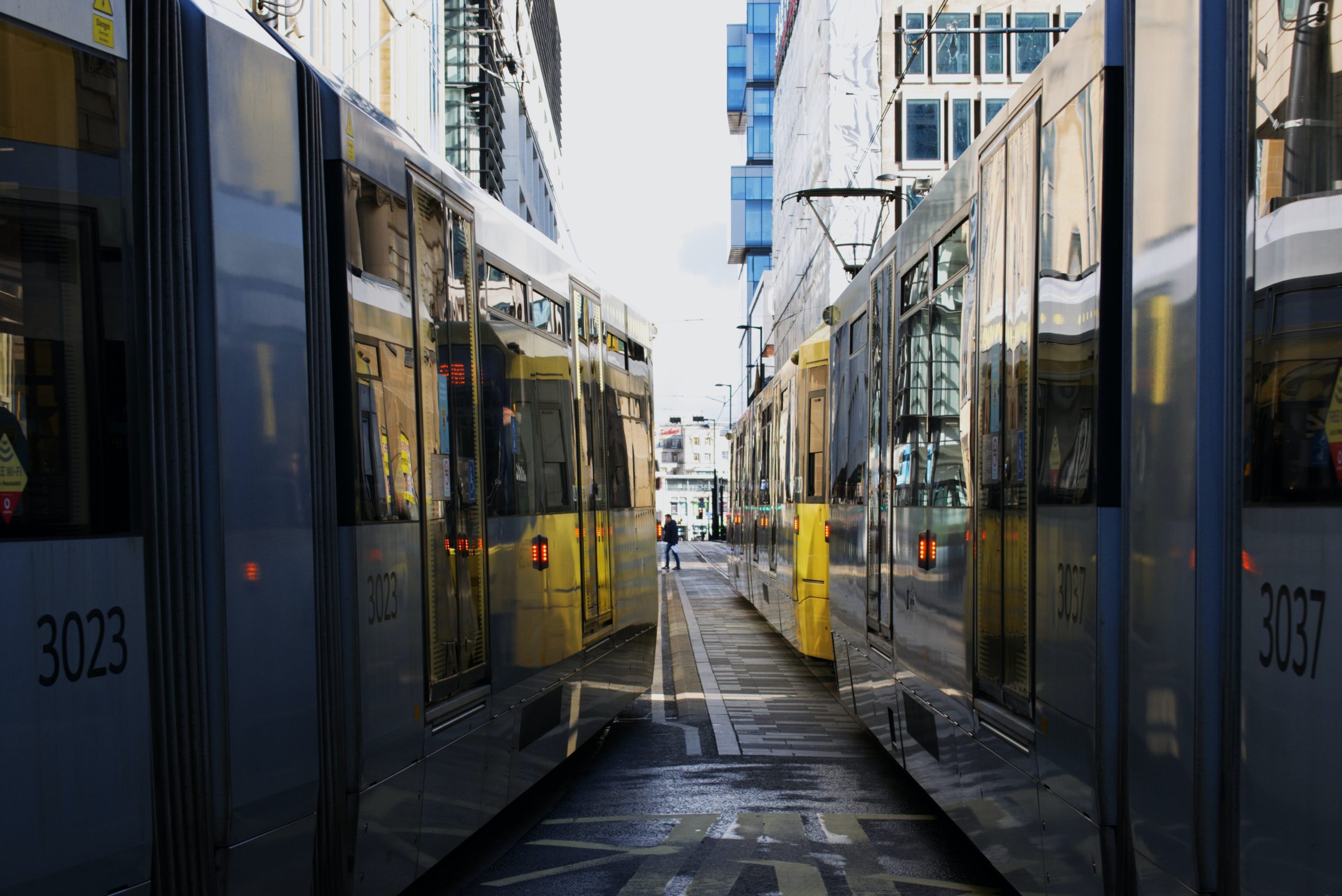What do you do at Transport for Greater Manchester (TfGM)?
I work as an Intelligent Transport Systems (ITS) Development Manager within TfGM. My role is focused on finding opportunities for innovation and funding which will assist TfGM in addressing its transport challenges. I lead the delivery and implementation of new technology and mobility solutions that align with the 2040 Transport Vision.
What do you hope TfGM will achieve within TANGENT?
On a broad level, TfGM, as a whole, and TANGENT’s priorities align: they both seek to reduce congestion and improve traffic network efficiency across all modes, as well as move towards decarbonising transport especially promoting modal shifts from private cars, to buses, cycling and walking.
TfGM has built a long term portfolio of forward-thinking pilots and projects and TANGENT will help us strengthen this and move toward next generation traffic management systems. TANGENT will help TfGM improve its network performance, equip operators with better tools and start planning for the future. For example, TANGENT Service 1 (“Enhanced information services for multimodal transport management”) will be valuable to bring in dashboards and APIs for the Control Centre, providing a multimodal view of the whole transport network. The control centre has already expressed a strong interest in the opportunities TANGENT’s tools can bring in their everyday operations.
In a more overarching way, TANGENT will help us work more closely with our stakeholders and provide improved customer information to help them better plan their journeys. We are excited to be working on the TANGENT project as it will help us better manage our transport system.
What are you expecting to learn from other TANGENT cities?
In March, I was in Lisbon for the Consortium meeting and I had the opportunity to attend Lisbon’s Stakeholder Workshop. It was interesting to hear about Lisbon’s mobility challenges and learn about the configuration of its transport network.
The four TANGENT cities have similar transport challenges, but they have many different impacting factors and they approach traffic management solutions in different ways. However, we are all trying to manage a transport network with conflicting demands, between walking, cycling and vehicles, increasing public transport use and decreasing car use.


